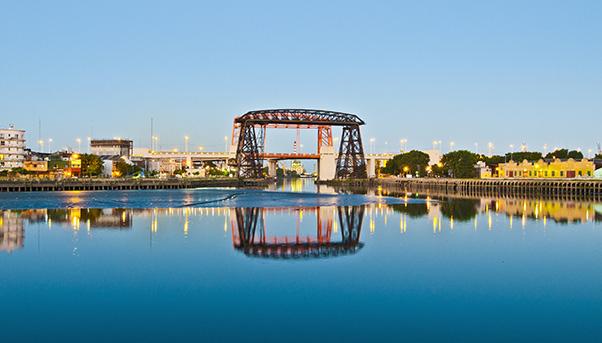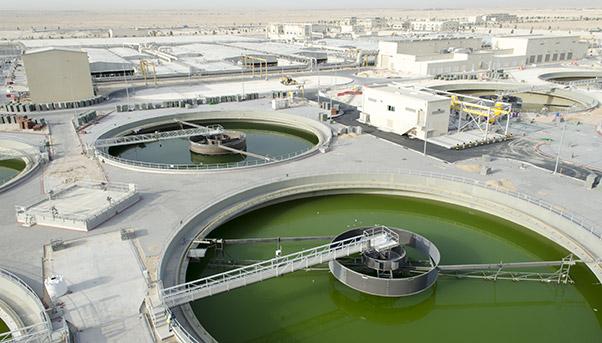
There is a dairy company in Ireland that treats its wastewater so it can be used to make beer and ethanol.
In South Africa, water from three mines is drunk by local residents after being treated at a plant.
Dye and bleach producers in India are starting to reuse their discharges in order to leave more fresh water to farmers.
These are but a few examples of how wastewater is being used to a community’s advantage.
Its proper treatment can:
- cut costs;
- protect people’s health;
- preserve the environment.
In some cases like the dairy company, it can even create a new business opportunity.
Wastewater is water whose quality has been worsened by human activity, whether it be domestic, agricultural or industrial. It is composed of 99% water and 1% suspended, colloidal and dissolved solids, according to a United Nations report.
Treating it is not difficult. What is more difficult is making it common practice. The report estimates more than 80% of the world’s wastewater goes into the environment untreated. In the developing world, where there is a lack of expertise, funding and infrastructure, it is more than 95%.
This is a critical issue because it means that the world’s fresh water is being polluted, reducing the availability of a precious resource that is already under strain because of global warming and a growing population.
It is also a matter of health. In 2012, more than 800,000 deaths were caused by contaminated drinking water, poor washing of hands and lack of proper sanitation services, according to the report, which was published in March under the title “2017 World Water Development Report”.
Then there is the damage to the environment. Untreated wastewater that is discharged into seas and oceans can deprive their water of oxygen, creating dead zones. The report speaks of 245,000 square kilometres of such zones.
All of this makes achieving one of the U.N. Sustainable Development Goals under the 2030 Agenda for Sustainable Development seem a remote probability: halving the proportion of untreated wastewater and increasing the recycling and reuse of it.

The report makes it clear what needs to be done: reduce pollution at the source; remove contaminants from wastewater flows; reuse reclaimed water; and recover useful by-products. «These four actions generate social, environmental and economic benefits for all society», it says. «Wastewater flows contain a number of useful materials, such as nutrients, metals and organic material that, much like the water itself, can be extracted and used… for other productive purposes».
In terms of health and the environment, the benefits of managing human waste are quantifiable, the report says. «For every US$ 1 spent on sanitation, the estimated return to society is US$ 5.5».
Examples of efforts to treat wastewater abound. In Argentina, Salini Impregilo is working on a World Bank project to clean up the Matanza-Riachuelo Basin, whose waters have been polluted by industry for more than a century. The Italian group is excavating a tunnel from the basin to the River Plate, where water that will be treated at a future plant will be dispersed.
As for business opportunities, Carbery Milk Products, the dairy company in Ireland, became the first in its industry to turn a by-product into ethanol and sell it for biofuel. In a case study, the report recounts how Carbery did this by putting whey – the by-product of making cheese – through microfiltration and reverse osmosis and sending the lactose – a main ingredient of whey – to a fermenter to be turned into beer before sending it to a distillation system to produce an ethanol product for the bioethanol fuel market. «All the bioethanol in Ireland comes from this one plant and (Ireland) is the only European country not using sugarcane-based ethanol from Brazil», it says.

